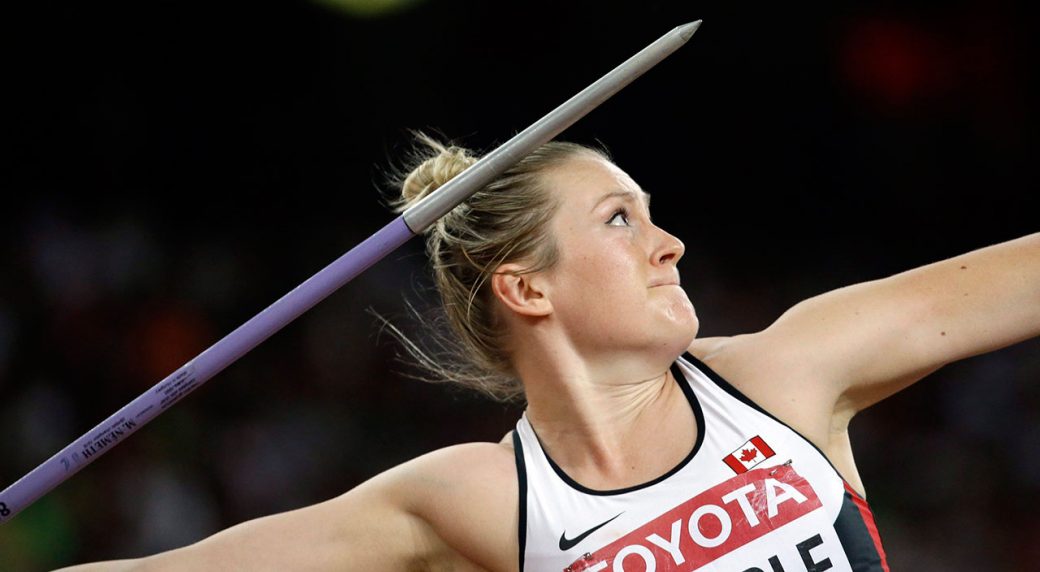

So what distinguishes photography from other forms of visual representation? I guess you have to realise that there are different representations and why photographs are different? Or are they? OK they are still shots rather than a movie but we choose the subject, the lighting and what we will display in the frame? Do they acquire meaning in a different way to a home movie/a painting? It had been assumed in the 19th century that photography was a more accurate method of recording other than painting or drawing. That can be just as telling as the composition. Whilst I do find reading some of the philosophies (once I can get my head around the vocabulary) fascinating there is still that inner demon asking if knowing who Barthes was and having read his ideas will it make me a better photographer? Possibly because if I understand the why we do it, and how audiences receive them will assist in what,when, where and why I shoot. Most importantly to me is the recognition/acceptance that there is no ONE book or essay that can represent the significance of the contribution of a critic of stature to 20th Century debates. Terry Eggleston (1984) implies a link between criticism and political/social empowerment (p9) - The Function of Criticism, London Verso. Wells also looks at the importance of criticism and why it is important. This personal involvement or knowledge of a subject is always a good start for taking an image but it is not always the case. Is a photograph just an aide memoire, and at that one that falsifies experience? With both these views there is an assumption of a personal involvement with the subject. You make take a photograph but the meaning can float and depending on how it is displayed or captioned means its original meaning or message can change. (Interviewed in 'The Authentic Image' Screen Education No32/33 Autumn/Winter 1979/80) Which although sounds a bit convoluted at first makes sense. Wells tells us that Satre (1940) muses not on the image itself but on the use of photography as tokens of family or friendship relations, (p2) While John Berger suggests that photography is more a memory, confusingly adding that a photograph is authentic whilst at the same time not authentic and whether the authentic side can be used authentically depends on how you use them. Pragmatics : Relation between signs and the effects they have on the people who use them.Syntactics : Relations among signs in formal structures.Semantics : Relation between signs and the things to which they refer their denotata, or meaning.Semiotics is usually divided into three branches, which include: Semiotics is closely related to the field of linguistics, which in its part, studies the structure and meaning of language more specifically. *Semiotics, also called semiotic studies or semiology, is the study of cultural sign processes, analogy, metaphor, signification and communication, signs and symbols.

Do they just depict objects, people, places as the appear within the frame at that precise moment? There is a suggestion that photography has therefore dislocated time and space and philosophers have taken an interest in its semiotic structure. One of the first questions asked is what is a photograph? Photography and the nature of photographic communication has been up for debate ever since the first photograph was taken. Lots or theories, names and questions which as yet I have to delve into because as I say only peeked at the general info. I have come across this book in the school library and in quiet moments (I laugh at the idea of those) I have dipped into the introduction, as it is classed as a reference book I am unable to borrow it.I think I may have to see if I can get hold of a copy as it does make for interesting and thought provoking ideas. The Photography Reader editor Liz Wells Publisher: Routledge 1st edition (December 20, 2002)


 0 kommentar(er)
0 kommentar(er)
